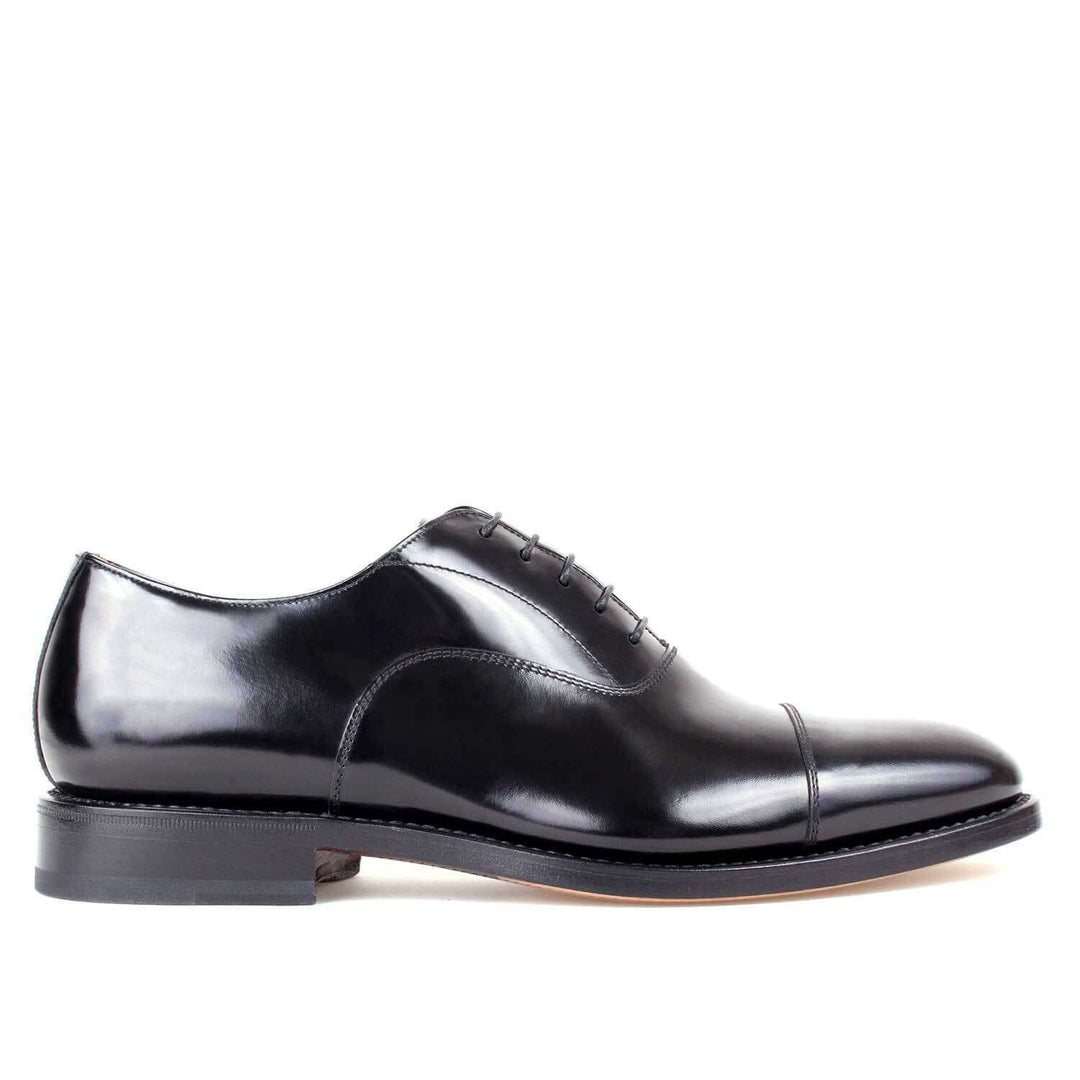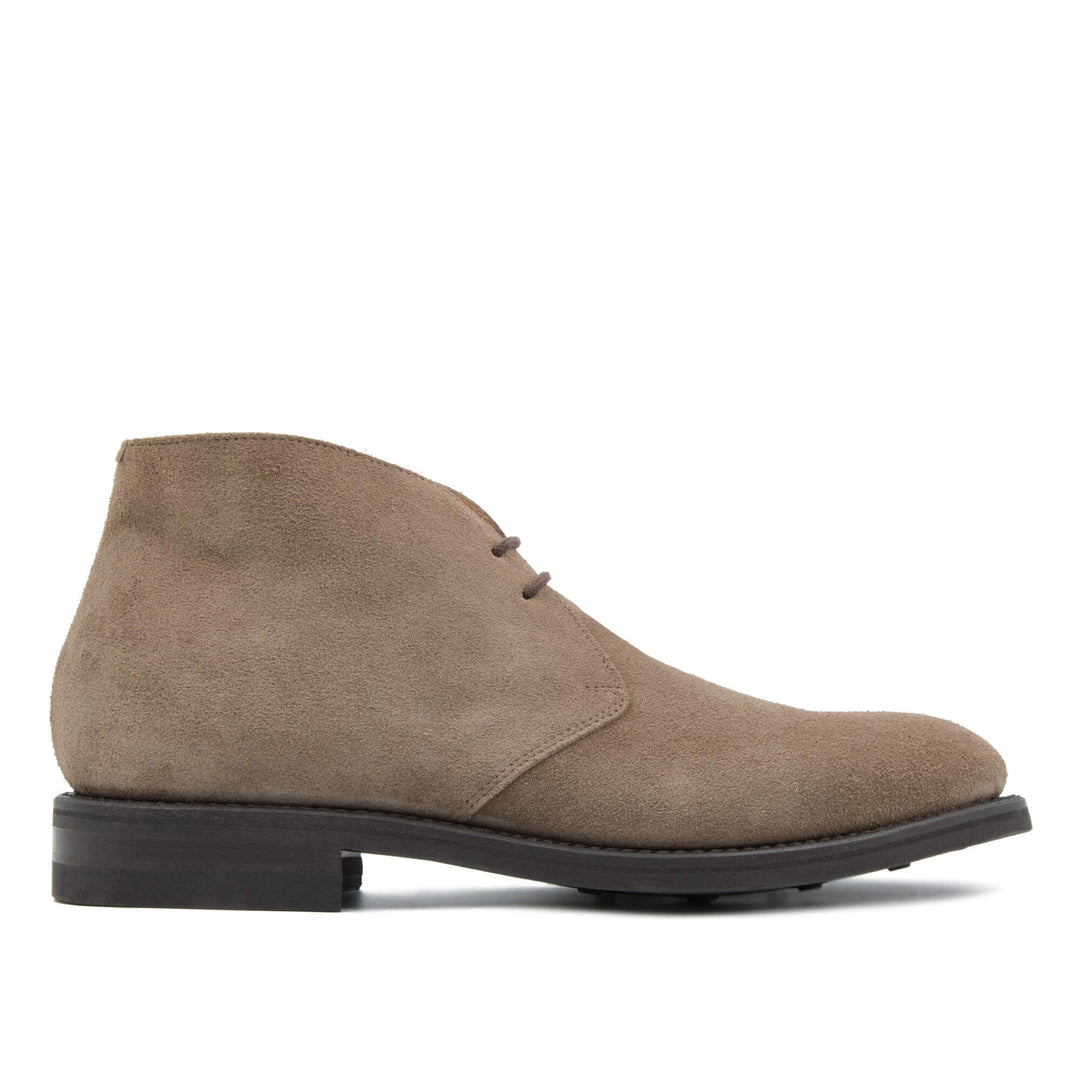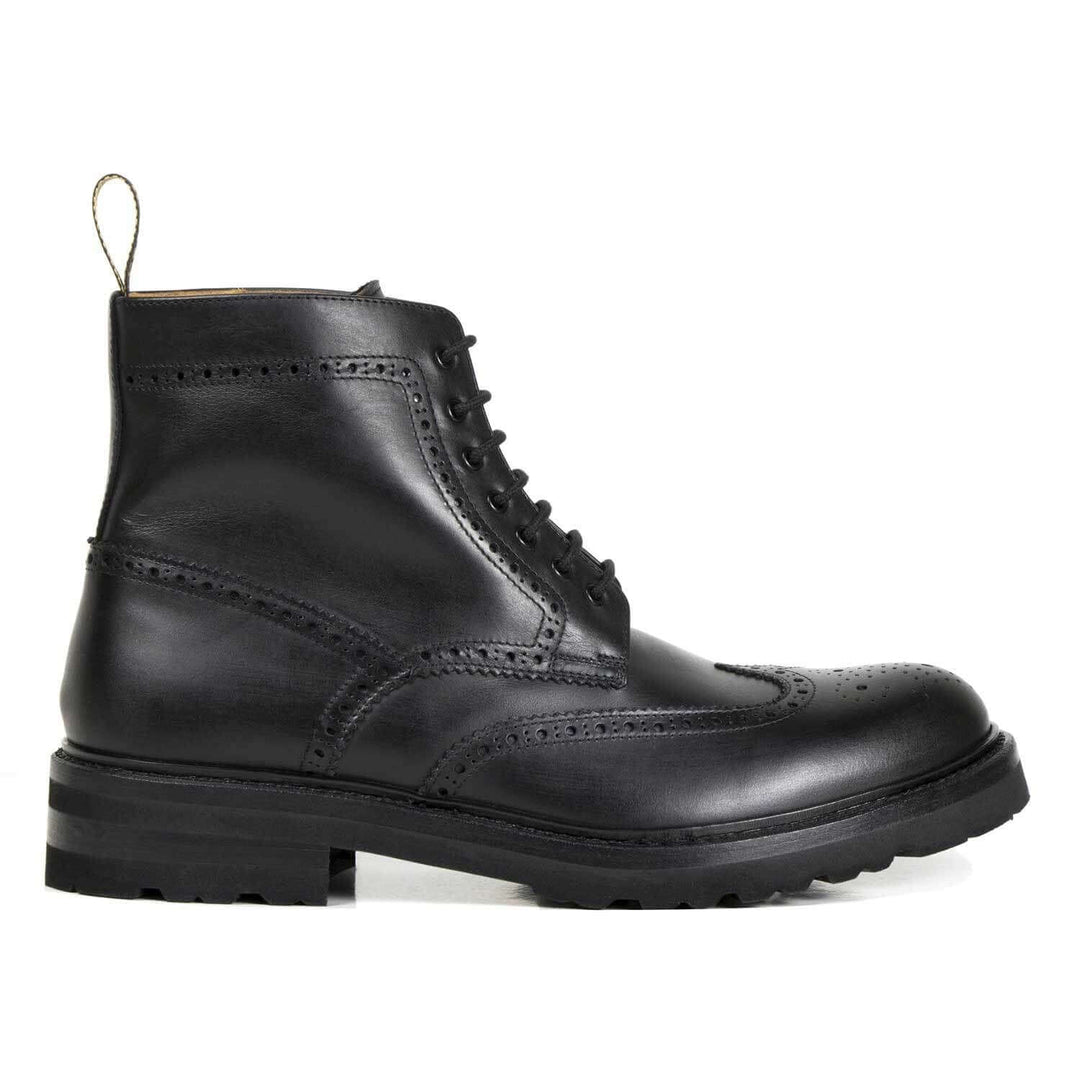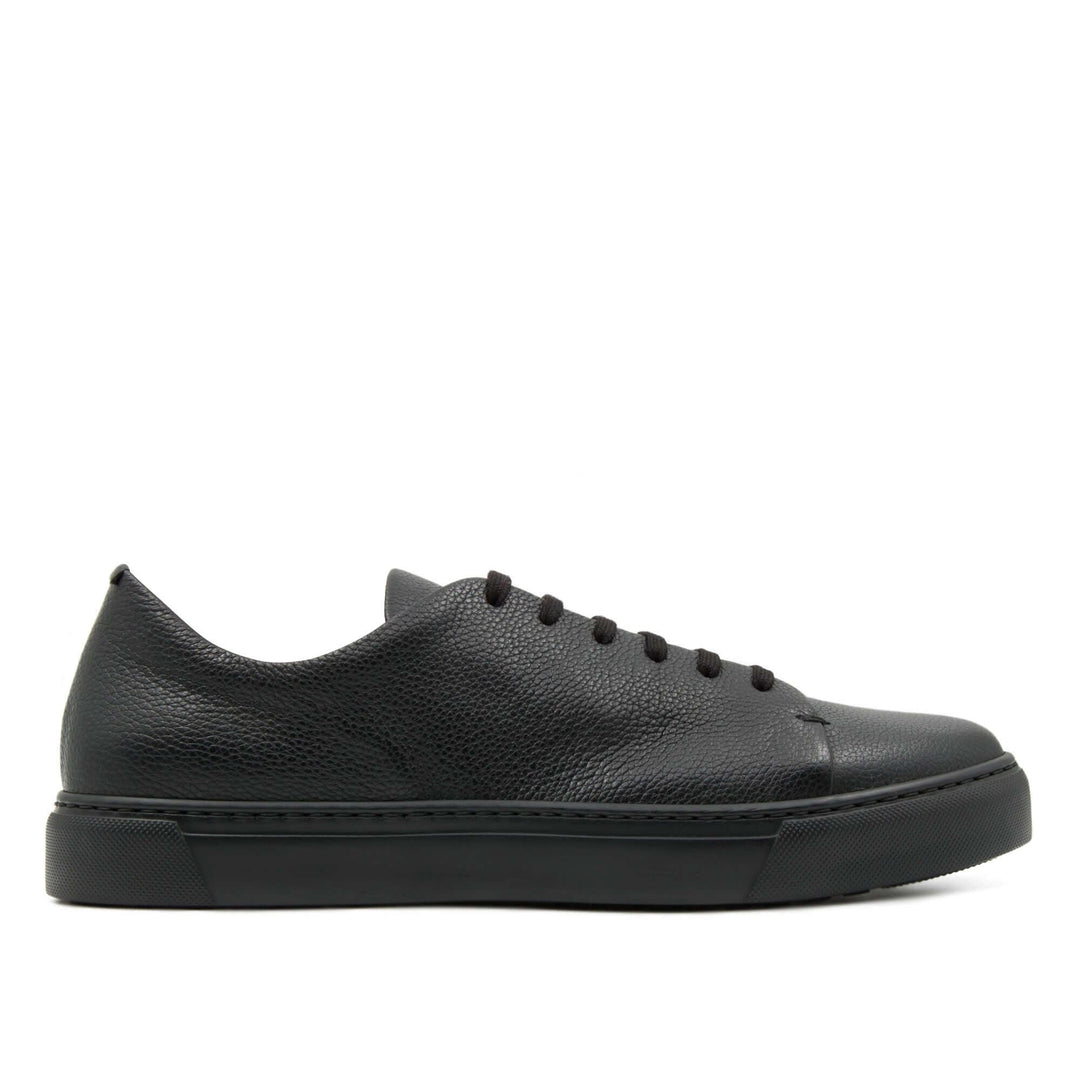When choosing a new pair of shoes, we often tend to focus on the aesthetics and comfort of the upper, leaving aside a fundamental element: the sole. Choosing the right sole, in fact, can make the difference between a shoe that lasts for years and one that wears out quickly. In this article, we will explore the different types of soles, the most commonly used materials, and how to choose the one that best suits your needs.
Why is the sole so important?
The sole is the part of the shoe that comes into direct contact with the ground. As a result, it is subjected to great stress: it must be resistant, comfortable, flexible and suitable for the use you will make of it. Each material has its characteristics, advantages and disadvantages, and it is important to understand which sole best suits your lifestyle and the type of shoe you want to buy.
The main types of shoe soles
1. Leather sole
Leather soles are synonymous with elegance and quality. Often used in formal shoes, they give a classic and refined look. Leather is a natural and flexible material, which adapts to the shape of the foot over time.
Pro:
- Aesthetically valuable and long-lasting
- Breathable, promotes natural ventilation of the foot
- It adapts to the shape of the foot
Cons:
- Poor grip on slippery surfaces
- Not suitable for rain or humidity conditions
Ideal for dress shoes, office shoes or special occasions. Perfect for those who want a shoe that ages well and becomes more comfortable over time.
2. Dainite rubber sole
Dainite rubber soles are among the most common and versatile. They are often used for casual, sports and work shoes, thanks to their resistance to wear and the ability to offer good grip on different surfaces.
Pro:
- High resistance to water and wear
- Excellent grip, even on slippery surfaces
- Easy to clean
Cons:
- They can be heavy
- Not always breathable
Ideal for those looking for a sturdy shoe, perfect for everyday use or outdoor activities.
3. EVA sole
EVA is a particularly light and flexible synthetic material. It is widely used in sports shoes, especially sneakers, due to its shock-absorbing properties.
Pro:
- Extremely light and flexible
- Excellent shock absorption
- Economical
Cons:
- It tends to wear out more quickly than other materials
- Less suitable for rough terrain or intensive use
Ideal for sneakers or sports moccasins, when lightness and cushioning are priorities.
4. Vibram sole
Vibram is a brand known for its high-performance soles, used mainly in outdoor or cold-weather shoes. These soles offer excellent grip and wear resistance, even in difficult conditions.
Pro:
- Exceptional grip on any surface
- High resistance and durability over time
- Ideal for extreme conditions
Cons:
- Often more expensive
- They may be stiff and less flexible
Ideal for boots, ankle boots and outdoor footwear that requires durability and reliability.
5. Polyurethane sole
Polyurethane soles are lightweight, flexible, and highly shock absorbing, making them a popular choice for work and athletic shoes. Polyurethane offers good shock and heat resistance, as well as being resistant to wear.
Pro:
- Very light and comfortable
- Excellent cushioning
- Resistant to chemicals and oil
Cons:
- Less durable than other materials such as Dainite or Vibram rubbe
- They can degrade if exposed to excessive heat
Ideal for work shoes or casual footwear that needs to offer all-day comfort without sacrificing durability.
How to choose the right sole for you
When choosing a shoe, it is important to consider the use you will make of it. If you walk a lot or work on your feet all day, a shock-absorbing sole made of rubber or polyurethane could be the ideal solution to prevent pain and fatigue in your feet. If you are looking for an elegant shoe for special occasions, leather will be the right choice to add a touch of class and refinement. Also consider the type of terrain you will be walking on. For example, rubber soles offer good grip on wet or uneven surfaces, while leather may not be suitable if you have to face rainy days.
In conclusion, choosing the right sole is essential to ensure not only the durability of the shoes, but also maximum comfort during daily use. Each material has its advantages, and the best choice will depend on your specific needs, the type of activity and the style you prefer. Whether you are looking for elegant shoes for a ceremony or more robust footwear for your walks, knowing the characteristics of the different soles will help you make a conscious and targeted purchase.
At Il Gergo we offer a wide range of footwear with soles designed for every need. Take a look at our online catalog or visit us in one of our stores to find the perfect shoe for you!










